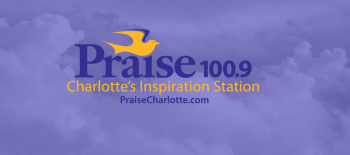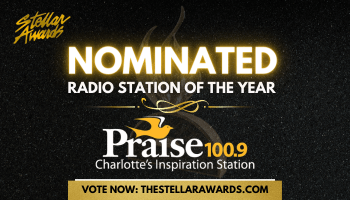Bans on use, advertising and sales of tobacco in all its forms are being enacted or considered at perhaps half of campuses nationwide, sometimes over the objections of student smokers, staff and faculty. The movement is driven by mounting evidence of the health risks of secondhand smoke, the reduced costs of smoke-free dorms and a drive to minimize enticements to smoke at a critical age for forming lifelong habits.
Read:3 Tips For Adjusting To Newly Blended Families
California’s state system will begin to bar tobacco use in 2013. A ban on use and advertising at the City University of New York system goes into effect in September, and the University of Missouri at Columbia is going smoke-free in 2014.
Ohio higher education officials plan a vote next month urging all public campuses to ban tobacco use. That includes Ohio State, one of the nation’s largest universities, which currently bans only indoor smoking.
According to the surgeon general’s report for 2012, tobacco use among people ages 18 to 25 remains at epidemic proportions nationwide. The review found 90 percent of smokers started by age 18, and 99 percent by age 26. About a quarter to a third of college students smoke, studies have found.
The study found the U.S. would have 3 million fewer young smokers if success in reducing youth smoking by state tobacco-cessation programs from 1997 to 2003 had been sustained. Many of the programs have been hit by budget cuts.
Like Elev8 On Facebook To Enrich Your Mind, Body & Soul!
Health and education officials, anti-smoking groups and a generation of students who grew up smoke-free are increasingly united on the issue, says Bronson Frick, associate director of Americans for Nonsmokers’ Rights.
“There are many reasons why a college or university may choose to pursue this type of policy, whether secondhand smoke, dorm fires, or other issues,” he says. “They are also questioning what the role of tobacco is in this academic setting, where we’re supposed to be standing for truth and training the next generation of leaders.”
According to data kept by the nonsmokers group, campus tobacco bans have risen from virtually zero a decade ago to 711 today. That includes both four-year and two-year institutions, both public and private.
One of the first campuses to ban tobacco was Ozarks Technical Community College in Springfield, Mo., which endorsed the move in 1999 and put it in place four years later. The school also established a research center that works with other colleges and hospitals pursuing similar moves, now known as the National Center for Tobacco Policy.
Forbidding all tobacco use was deemed to be more effective than simply saying no to cigarette smoke.
Cigarette-size cigars containing candy and fruit flavorings, dis-solvable strips and lozenges are among the smokeless tobacco products being targeted to youths, according to the surgeon general. The Centers for Disease Control and Prevention says studies show many smokers mix and match such products with cigarettes as they move from smoking to nonsmoking venues.
Compliance with tobacco bans is generally voluntary, and violations come with few, if any, real penalties. Repeat offenders are sometimes subjected to university disciplinary policies, which vary by school.
While precise statistics on the number of campuses curtailing tobacco are elusive, Patterson estimates that one-third to one-half of all higher education institutions have either made the move or are considering it.
Read:Tamera Mowry-Housley Jokes About Getting Pregant, Being Married & Motherhood
Smoking rights advocate Audrey Silk, founder of New York Citizens Lobbying Against Smoker Harassment, says any outdoor ban — whether for a campus, beach or public park — is an attack on the rights of one segment of the population.
Take a look at these people who quit smoking.
Colleges On The Road To Banning Smoking ! was originally published on elev8.com
















